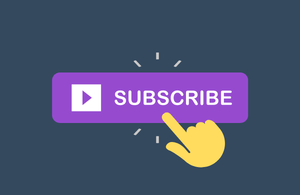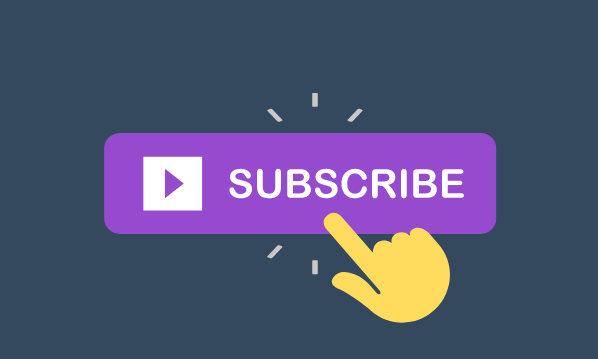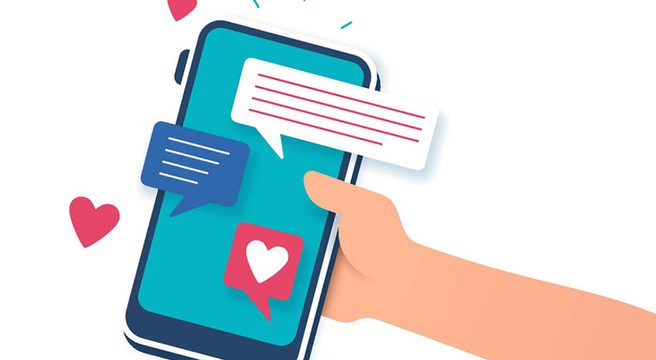
In a bumper month for small business Instagram creators, we have more good news on top of the chronological feed announcement!
Head of Instagram Adam Mosseri has just revealed that subscription models for content creators are being tested as we speak.
It’s being sold as a way for small businesses to have predictable income that isn’t dictated by the algorithm.
What is the Instagram subscription feature?
Subscriptions will give you the ability to create lists of followers who can see specific things you post – for cash. This lets creators easily monetise and incentivise what they do.
It’s an obvious – and yet still surprising for Insta! – move when so many independent artists and podcasters are monetising through Patreon. It really feels like a penance for all the ways small sellers have struggled with the platform in recent years.
It’s also a nice-feeling move away from influencers monetising with third-party brand sponsorships, which are rife with legal and moral issues. This puts finances in the hands of the people creating the content, like Only Fans.
How will the subscription feature work?
As the feature is still in test, we’re going off the minimal details announced. However, we do know that creators will be able to monetise exclusive Lives, Stories and Badges (which appear next to the subscriber’s name so you can see it when they comment).
Mosseri was predictably vague on the financial side of things, but where there’s monetisation, you bet Instagram is taking a cut. I would imagine that a percentage of each subscription will be taken as a fee.
For most small businesses that aren’t solely creating content, you would probably want a low subscription cost unless you were giving away something of physical benefit each month – which, of course, you totally could!
How can small business creators use subscriptions?
Most small businesses are providing something other than just content, so how does that work with subscriptions? It’s all about exclusive access.
Want to put out special discounts or VIP preview of new products? You could monetise a subscription that involves regular content, discounts and early entry. As you can put links in Instagram Stories, it will be easy to create subscriber-only access.
If you provide a service rather than products, there are still lots of ways to monetise Instagram subscriptions on a small scale through Instagram, rather than having to set up subscription models through your website. It could be tiers of service support, access to extra features or secret content to help people get the most from your service.
Example subscription:
You sell paint. Your Stories subscription could be 99p per month, giving people access to discounts, free colour samples and high-quality how-to content.
If you leverage the Instagram interiors community – which is HUGE – and look into collaborations with micro-influencers and other sellers, this could be a nice additional revenue stream that also builds hype and following.
How much should a subscription cost?
Obviously, we don’t know Instagram’s pricing model yet, including any percentage they take. But we can start to think about how we could structure our own subscription pricing.
1. Cost of production
For each subscription idea you have, work out how much production would cost – and that includes your time and any physical giveaway, collaboration and even postage.
2. Income target
What’s the minimum you’d need to make from it each month for it to be worthwhile, after tax? Add 10% to that for – probably – Instagram’s cut.
3. Upsell target
Divide by the number of your followers you’d aim to upsell to a subscription.
= your subscription cost
Seeming too high? Then you know how much you’d need to grow your following or beat your upsell target by before introducing subscriptions.
The key here is to monetise things you already do or have – expert knowledge being a huge one. If you can keep production costs low, you can keep subscription costs low and the whole game as close to passive revenue as possible.
Predictable AND passive? That’s the dream.






